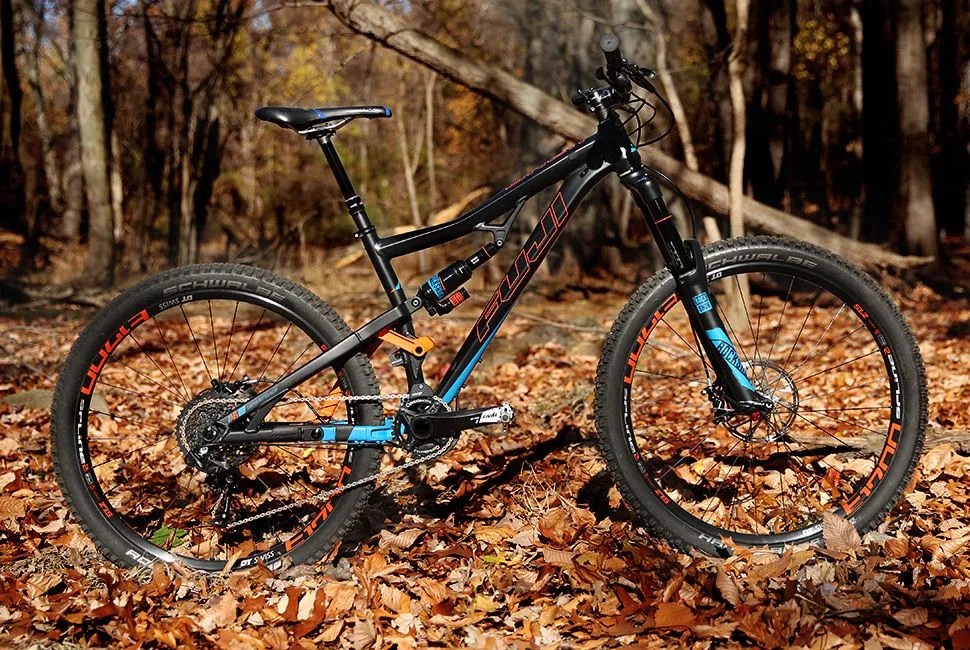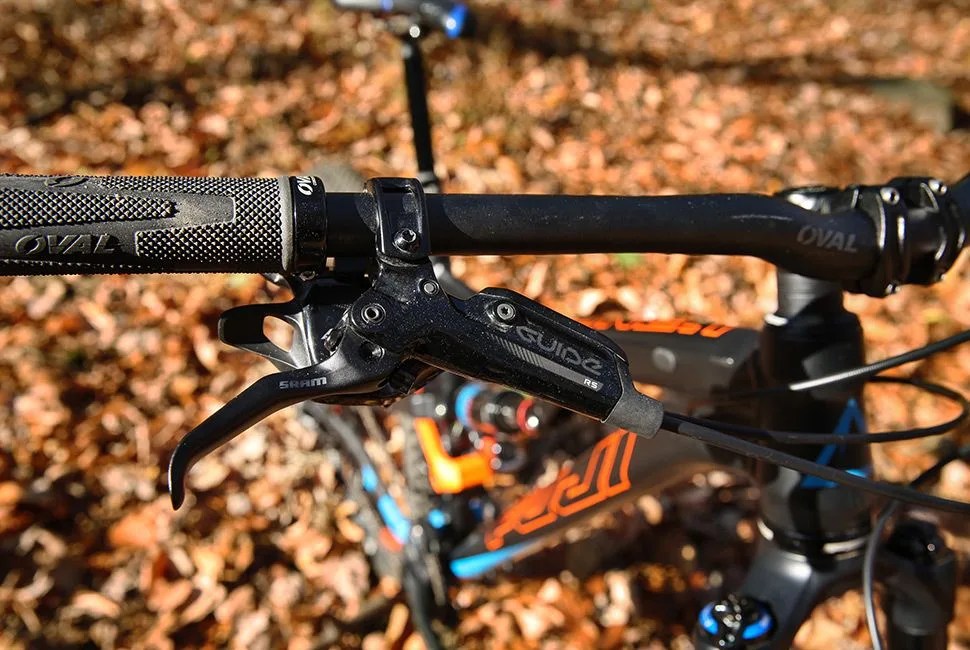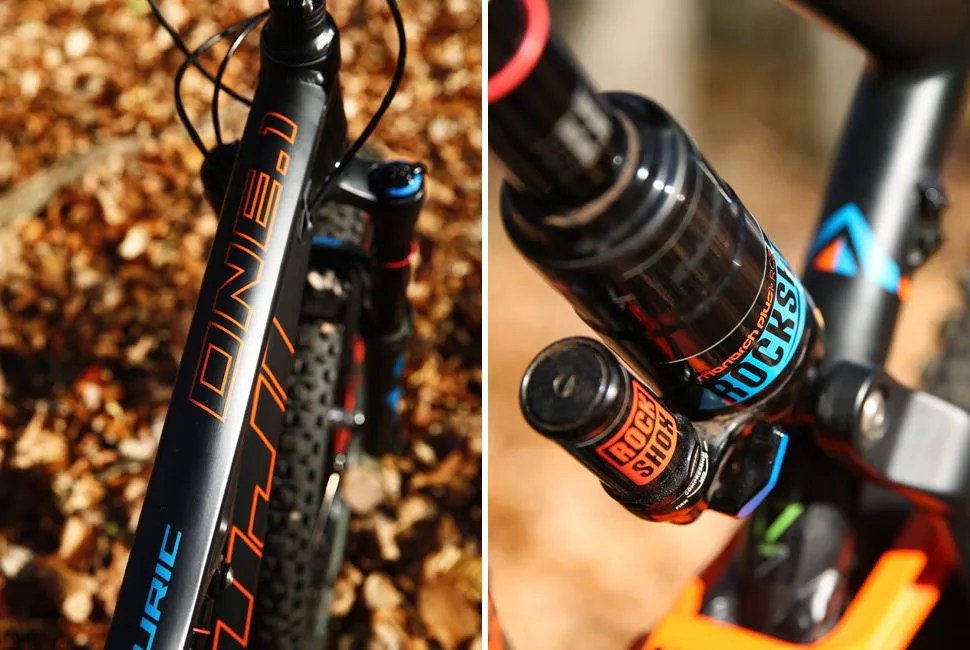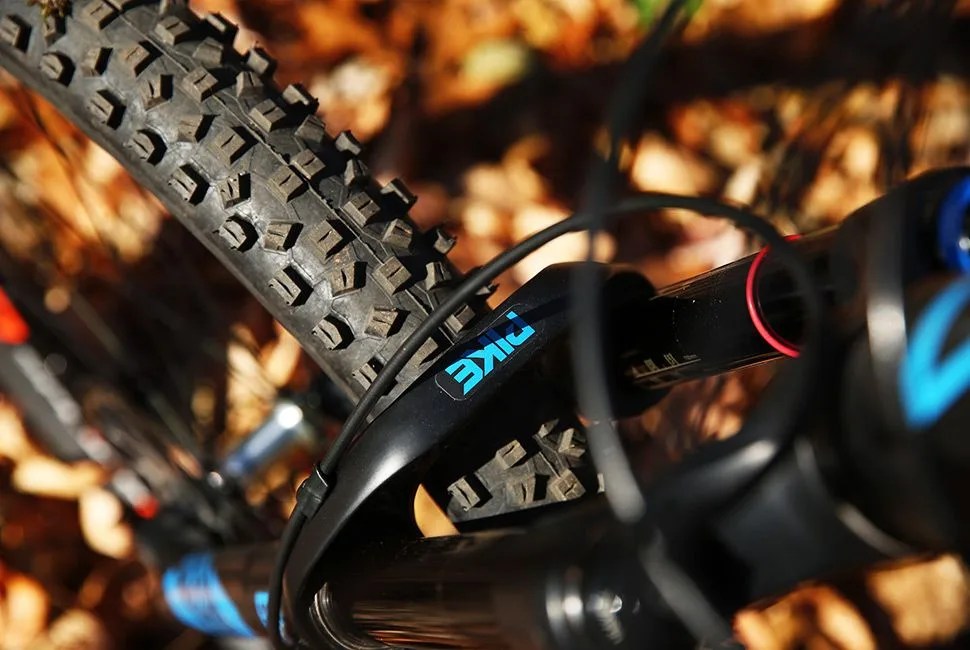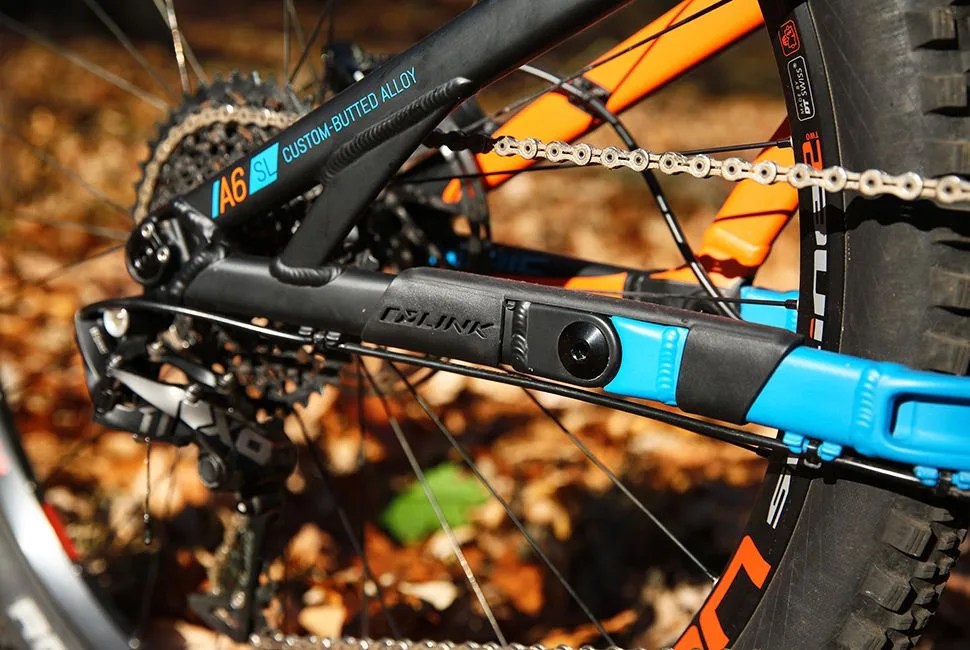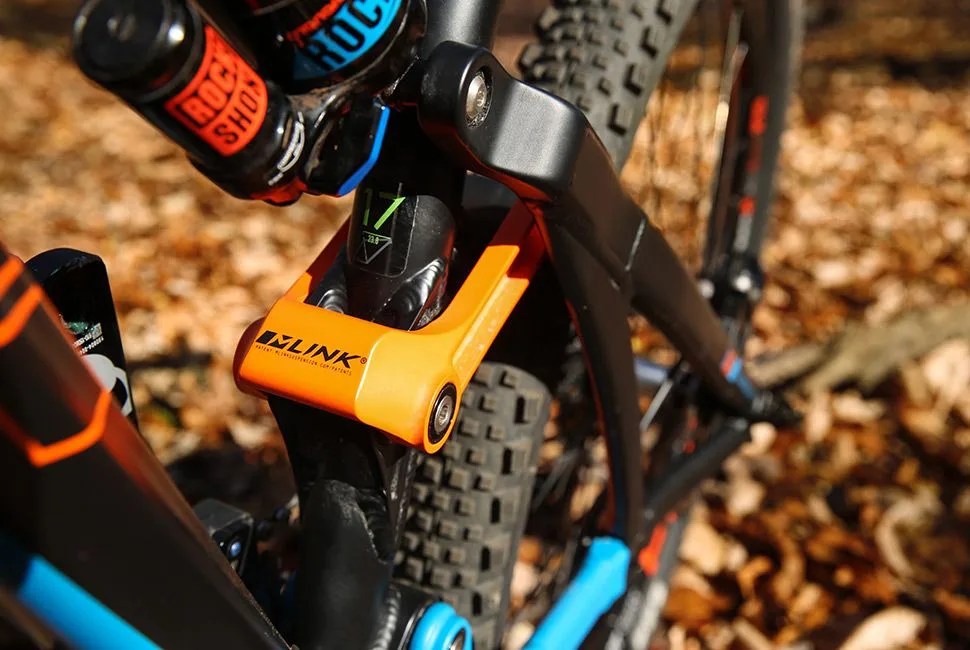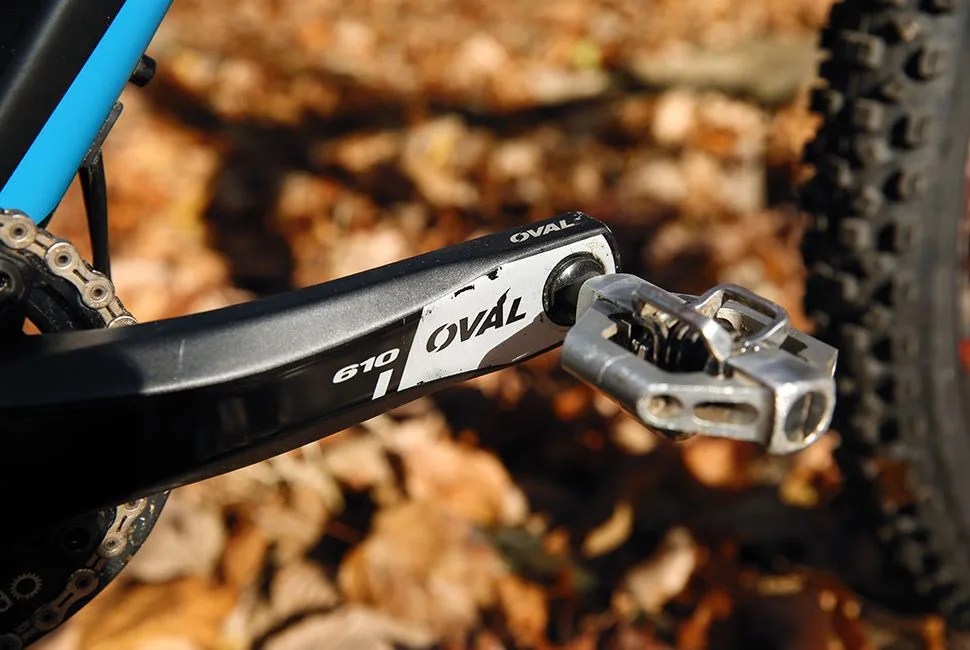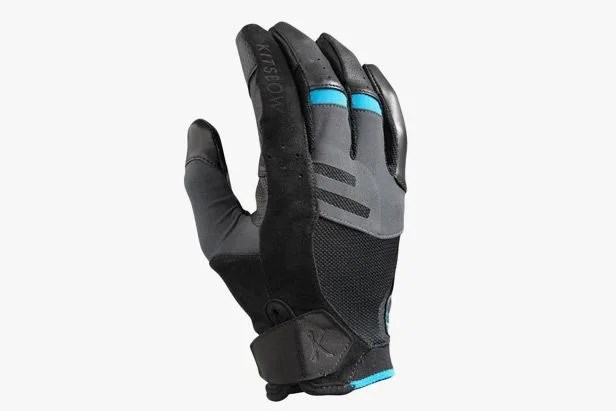7 photos
Fuji’s newest entry into the full-suspension mountain bike market is the Auric One.1, a bike that, by the parts specs, would make it competitive in terms of quality with the other major players from companies like Specialized, Trek, Giant, Yeti and Scott. But more often than not, a trail bike is not defined by its parts list or the manufacturer that made it. It is defined by geometry, a mixture of angles and ratios that contribute more than anything else to how the bike feels — and whether or not that feeling inspires confidence will determine the success of the bike.
When Fuji set out to redesign their full-suspension mountain bikes, they decided to implement a proven, but fairly new rear suspension platform called MLink. MLink first debuted on the Breezer Repack and stands for “mid link.” The system works by having a rear pivot point situated in the middle of the chainstay. Fuji, which is owned by the same company as Breezer, utilized the suspension platform for its efficiency in travel and ability to accommodate 160mm of rear travel. The Repack and the Auric share similar geometry numbers, but they’re not identical, and this is an important distinction. The Auric is not simply a Fuji-branded Repack, and I commend Fuji for going their own route with the platform.
Vital Specs
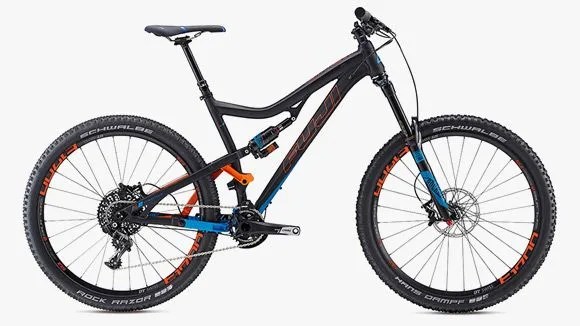
Price: $4,749
Wheel Size: 27.5 inches
Suspension Travel: 160mm Front / 160mm Rear
Frame Material: A6-SL custom-butted alloy
Weight: 29.85 pounds (without pedals)
Undoubtedly, when working with a new suspension platform and attempting to change the geometry surrounding it, there were bound to be some kinks — and this was certainly the case with the Auric. On my first few rides, the top tube length felt very short and in order to account for this, Fuji fitted the Auric with a handlebar that measures out to 760mm wide. It was an awkward-feeling setup, and it felt much more like you were sitting on top of the bike as opposed to comfortably seated in the cockpit. A quick swap of the stem and handlebar gave me a slightly more comfortable setup, but didn’t fix the awkward feeling completely. A slack head-tube angle of 67 degrees works well with the 160mm of travel and inspires confidence when taking steep and technical descents. The geometry of the rear triangle also felt slightly disjointed with long chainstays, due largely to the MLink pivot in the middle.

